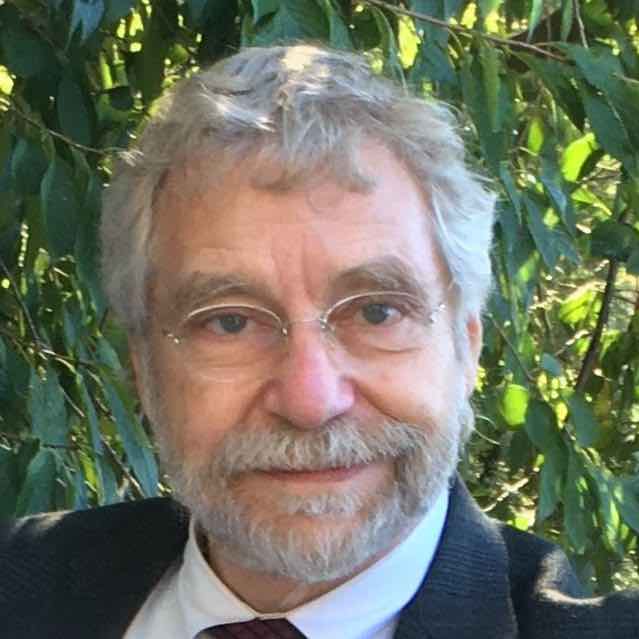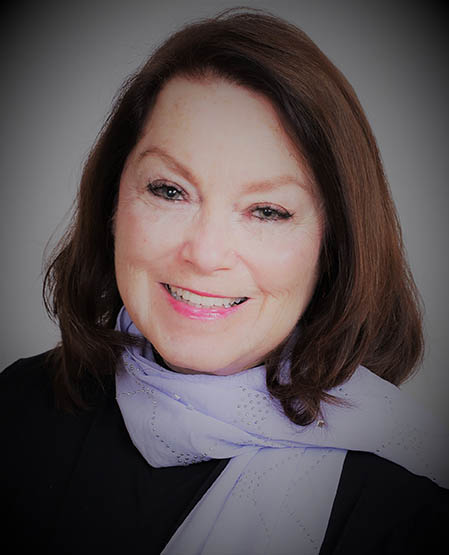Change Craft
“A woodworker must “apply a thousand skills” to find the ideal use for each piece of wood, respecting the “soul of the tree” and shaping it to realize its true potential”
George Nakashima, architect, artist, builder of beautiful wood furniture worked until his nineties. Now his children carry on his craft.
In the fourteenth century Geoffrey Chaucer wrote a visionary poem, Parlement of Foules, about birds choosing mates and people living joined to nature. He began with a wish for more time to perfect his craft as a poet:
“The lyf so short, the kraft so long to lern”
What writer, woodworker, or musician, or for that matter, electrician, or plumber hasn’t said, “I need more practice to be up to this craft?”
Malcolm Gladwell in his book Outliers described K. Anders Erikson’s research at the Berlin Academy of Music to posit that it takes 10,000 hours of focused practice to become world class at anything.
The phrase “focused practice” is critical. It means not just total practice time. I’m sure I’ve logged more than 10,000 hours playing the guitar since I started at age thirteen. I’m better than I was at thirteen, but not that much better.
No, this is “focused practice,” that is, practice focused on improvement, breaking down the craft, practicing each part in isolation, getting rigorous feedback, and practicing again, then putting all the craft segments back together. Ten thousand hours of that kind of practice and I’d be a lot better guitarist, woodcarver, or writer.
Ah, but the “lyf so short.”
What is a craft?
The English word “craft” has its origins in the Anglo-Saxon “cræft,” which comes from the German “kraft,” meaning “skill or strength at planning and making.” When we think of craft we think “handmade,” or small batch production, like handmade tables, hand-woven blankets or craft beer.
The building trades, carpentry, electric wiring, plumbing, etc., call their work crafts. Actors talk about their craft; musicians and painters talk about the craft foundations of their art. Craft is based upon unique knowledge and skills, or competencies, the craftsman uses to plan and make with quality. That craftsman increases competence with focused practice.
Is leading change a craft?
Does leading change have unique competencies? Absolutely. Is there an opportunity for focused practice? Uh. . .
Most managers have only a few opportunities to lead change in their career. At least, that used to be the problem. These days between changes in Technology, global markets, the environment, demographics and people’s attitudes, it seems like we are facing “constant change.”
Some are stuck in the past, when the craft of change leadership was a rarely used capability that could be left to consultants, staff, and other specialists. Some think a new technology implements itself, or that entering a new market on the other side of the world is about language translation, or that people should “just suck it up and work all the time, like I did.”
The basics of change craft
I could write a book on the subject. In fact, I’m writing a book on this subject, Change Leader? Who Me? Wisdom for those new to leading change, due out at the beginning of next year. This book is mostly about leading change in business, where I spent my career, but I think the concepts are applicable in the public sector, or in personal change as well.
Start with some basic questions.
The most important question is Why?
Because the customers changed – different needs, wants, or expectations. Competitors changed – different providers (e.g., international) or they are better, faster, cheaper.
Or there is a new technology, an opportunity for us to be better, faster, cheaper. Or the rules of the game have changed – new regulations, community standards, a new owner with new targets.
So what?
Do we have to change? Is not changing an option? What is the impact of not changing? When?
These first two questions are about the change mindset, which I wrote about a few weeks ago here. Change happens when people, individuals or groups collectively, internalize the dissatisfaction with the status quo, envision a different future and act, despite any fear of loss. It is the primary job of the change leader to adopt a change mindset and help others to as well.
Who will help make this change happen?
John Kotter, Harvard professor and author of several books on change leadership has a change requirements model that includes the usual concepts, vision, urgency, communications, short term wins, etc. Kotter though recommends “Building a Guiding Coalition” for the change. He describes this as often a diagonal slice of the organization, with executives, middle managers, and opinion leaders. In my experience these are often people who are outside the current power structure and may be people who have been vocally critical of the status quo.
Jim Collins, author of Good to Great: Why some companies make the leap. . . and others don’t, recommends the first step of change to be “Decide who’s on the bus.” Even individuals making personal change can benefit from this analysis. Who supports you in the change you want to make? Who can help in ways beyond moral support?
My list of criteria for who is on the bus:
- Has internalized the ‘Why’
- A true problem solver who invests the time to define and analyze a problem, not just someone who suggests “solutions” before having the facts.
- Extraordinary communication skills – looking for Clarity over eloquence, and simplicity, over “sounding smart.”
- People others listen to. (This often has nothing to do with positional power, but everything to do with “craft capability.”)
- A least one person who immediately jumps to the “worst case scenario.” This is your risk assessor, your unintended consequences seer. (You don’t want a whole team of doom and gloomers, but one or two with a sense of humor can help avoid disaster.)
What is changing?
People may answer by type of change, more Innovation, continuous improvement, integration (aligning systems, processes, and people, to “get on the same page). There is often a progression in types of change, Innovate -Integrate -Improve -Integrate -Repeat.
People also answer this question in terms of discipline, new strategy, technology, operational processes, people-stuff like training, organization, etc. There are often more disciplines that need to change than were initially thought and people-stuff is always central. Companies don’t change unless people do, including the change leader. Who me? Yes, you.
How to change?
I use a simple model:
- Insight – discover new data about the why of change.
- Action – plan, mobilize, take small steps, measure at every stage.
- Results – project results at each stage, inputs, activities, outputs, measure.
And one last thing, expect backsliding, missed targets and failure. Reframe, regroup and…
Don’t Give Up!
With some focused practice you can be a change craftsman.
Who me? Yes, you.
The post Change Craft appeared first on Wisdom from Unusual Places.
Originally Published on https://wisdomfromunusualplaces.com/blog/


























